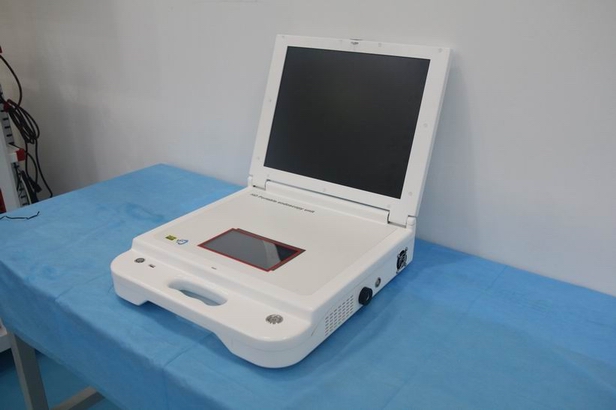Portable ENT Camera System: A Revolution in Diagnosing and Treating ENT Diseases
The field of otolaryngology or ENT (Ear, Nose, and Throat) deals with the diagnosis and treatment of disorders related to the head and neck region. The complexity of the region requires specialized equipment for diagnosis and treatment. One such equipment is the ENT camera system. The traditional ENT camera system is a stationary one that requires the patient to come to the doctor's office. However, with the advent of portable ENT camera systems, doctors can now diagnose and treat patients in the comfort of their homes or offices. This essay will discuss the portable ENT camera system and its revolution in diagnosing and treating ENT diseases.

The portable ENT camera system is a compact and lightweight device that consists of an LED light source, camera head, and a handheld monitor. The device captures images and videos of the ear, nose, and throat regions in high definition and displays them on the monitor. The device is equipped with a rechargeable battery, making it a portable solution for ENT specialists. The compact size of the device allows it to fit into a small carrying case, making it easy to transport.
The portable ENT camera system has several advantages over traditional ENT camera systems. First, it provides a more convenient and accessible way to diagnose and treat patients. Patients no longer have to travel to the doctor's office or clinic, which can be time-consuming and inconvenient. With the portable ENT camera system, doctors can now diagnose and treat patients in remote locations, such as nursing homes, schools, or even in the patient's home.
Second, the portable ENT camera system provides real-time imaging, allowing the doctor to see the condition of the patient's ear, nose, or throat in high definition. The images and videos captured by the device can be stored on a computer or external hard drive, providing a digital record of the patient's condition. This record can be used for future reference or for consultation with other medical professionals.
Third, the portable ENT camera system is cost-effective compared to traditional ENT camera systems. The device's compact size and portability eliminate the need for a dedicated room, reducing the overhead cost of maintaining an office. Moreover, the device's real-time imaging capability eliminates the need for additional tests, reducing the overall cost of diagnosis and treatment.
In conclusion, the portable ENT camera system is a revolutionary device that has changed the way doctors diagnose and treat ENT diseases. The device's portability, real-time imaging, and cost-effectiveness make it a valuable tool for ENT specialists. Patients can now receive diagnosis and treatment in the comfort of their homes, and doctors can reach patients in remote locations. With the continued development of portable medical devices, we can expect to see more advancements in the field of medicine, improving patient care and accessibility.



Leave a message